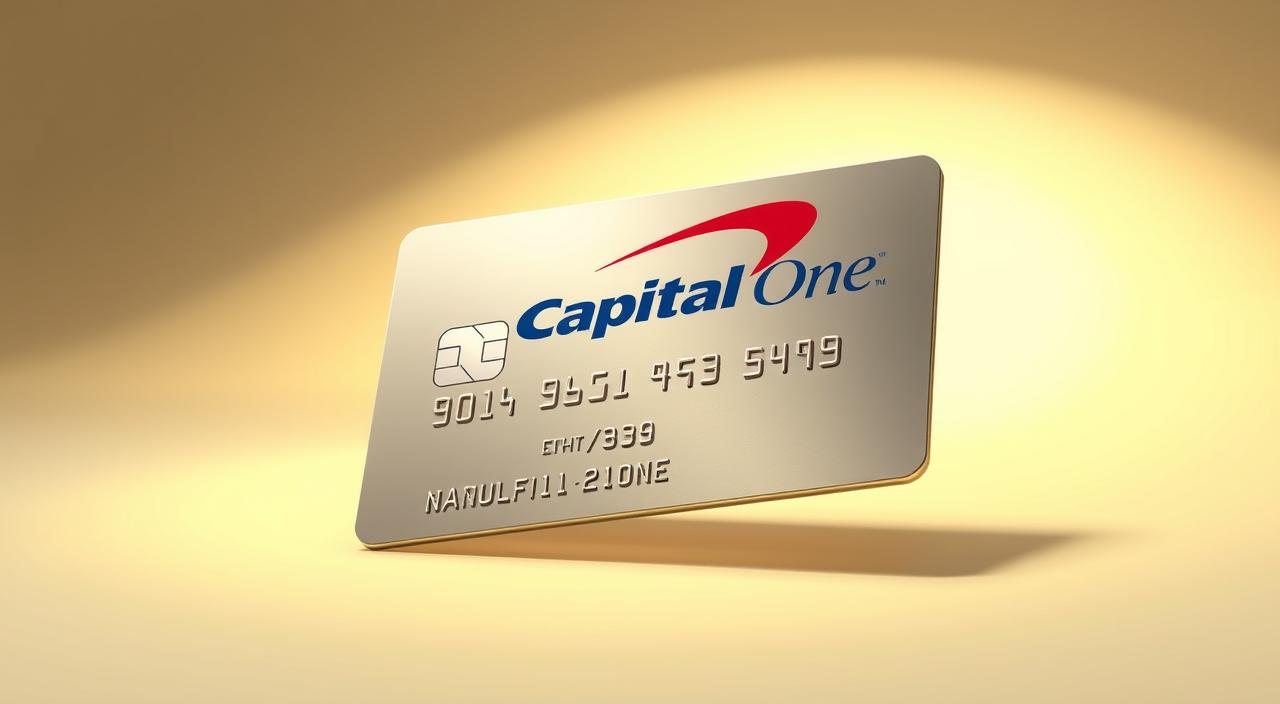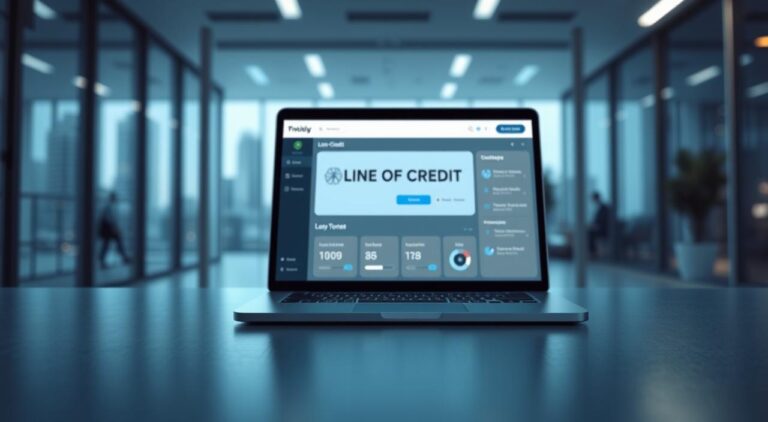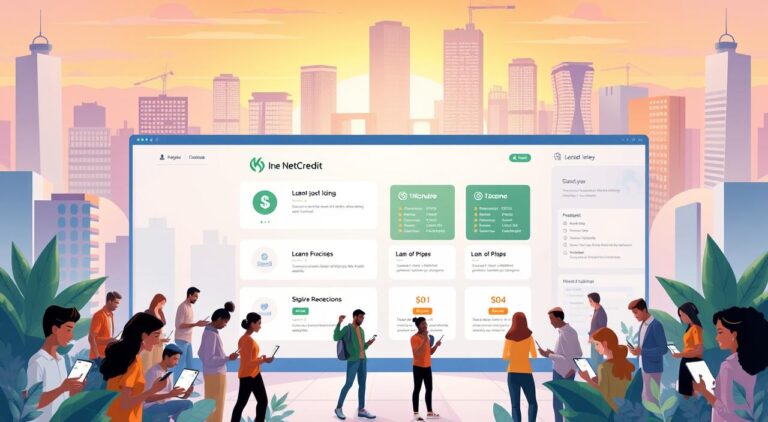Understand Capital One Line of Credit: What You Need to Know
Managing your finances effectively often involves understanding various credit options available to you. A credit line can be a valuable tool in this regard, offering flexibility and financial security when needed.
Capital One offers a range of credit products, including credit cards with varying limits based on your creditworthiness. Understanding how these limits are determined and how to manage your credit line responsibly is crucial.
This guide will walk you through the essentials of Capital One’s credit offerings, including how to apply, factors influencing your credit limit, and strategies for managing your credit effectively.
Key Takeaways
- Understanding the basics of a Capital One credit line and its benefits.
- Factors that influence your credit limit with Capital One.
- Steps to apply for a Capital One credit card.
- Strategies for managing your credit line responsibly.
- Tips for potentially improving your credit profile.
What Is a Capital One Line of Credit?
Capital One offers a variety of credit products tailored to different financial needs and credit profiles. Their credit cards come with varying credit limits based on individual creditworthiness. This means that whether you’re looking to build credit, earn rewards, or enjoy premium benefits, Capital One has a product that can meet your needs.
Key Features and Benefits
Capital One’s credit cards are known for their flexibility and rewards. Many of their cards offer cash back, travel rewards, or points that can be redeemed for various rewards. Additionally, some cards offer specialized benefits for specific spending categories, such as dining or entertainment.
Types of Credit Lines Offered
Capital One offers a range of credit card types, including secured credit cards for those looking to build or rebuild credit, and rewards cards that cater to different lifestyle needs. Business owners can also access specialized credit cards designed for business expenses. From the Quicksilver and Venture families to premium offerings like the SavorOne and Venture X, there’s a Capital One credit card for various financial goals and spending habits.
How to Apply for a Capital One Line of Credit

Applying for a Capital One line of credit is a straightforward process that can be completed online. To get started, it’s essential to understand the eligibility requirements and the steps involved in the application process.
Eligibility Requirements
To be eligible for a Capital One line of credit, you’ll need to meet certain criteria, including having a good credit score and a stable income. Capital One will review your credit history and other factors to determine your eligibility.
Application Process Step-by-Step
- Research Capital One credit products to find the one that best suits your needs.
- Use Capital One’s pre-qualification tool to check your likelihood of approval.
- Gather necessary documentation, including identification and proof of income.
- Complete the online application form with accurate information.
- Review the terms and conditions carefully before submitting your application.
By following these steps, you can successfully apply for a Capital One line of credit and gain access to the credit you need.
Understanding Your Credit Limit
Understanding your credit limit is crucial when applying for a Capital One credit card. Your credit limit is the maximum amount you can charge on your card, and it’s determined by several factors.
How Capital One Determines Your Initial Credit Limit
Capital One considers various factors when determining your initial credit limit. These include your debt-to-income ratio, repayment history, and the length of your credit history. A lower debt-to-income ratio and a positive repayment history can result in a higher credit limit.
Factors That Influence Your Credit Limit
Several factors can influence your credit limit, including:
- Your debt-to-income ratio, with lower ratios resulting in higher available credit.
- Payment history across all credit accounts, demonstrating your reliability as a borrower.
- Recent credit inquiries and new account openings, which may signal increased credit risk.
Additionally, your history with Capital One, economic conditions, and internal lending policies may also affect your credit limit. 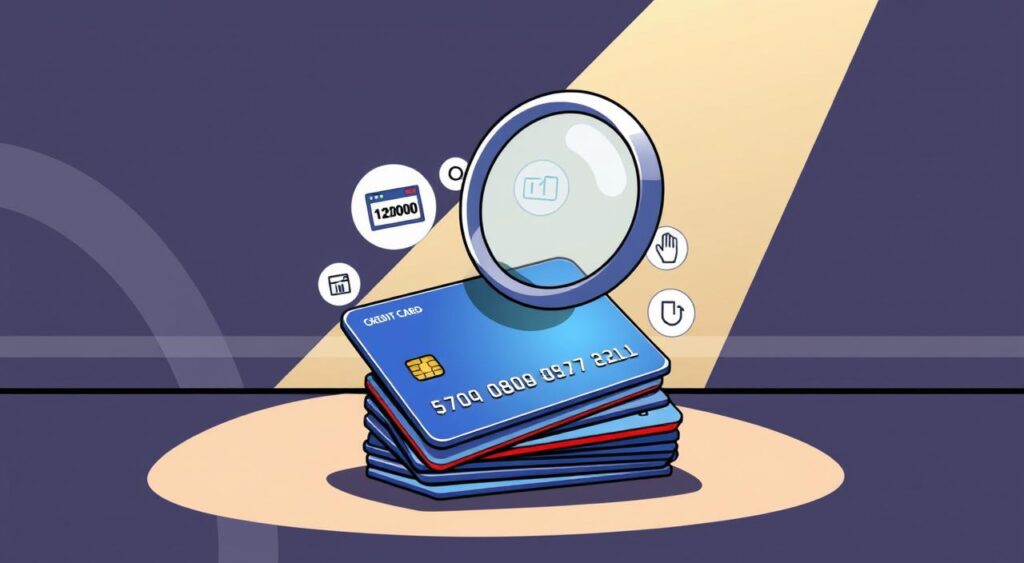
How to Request a Credit Limit Increase

Understanding how to request a credit limit increase can help you make the most of your Capital One credit card. Requesting a credit limit increase can provide more financial flexibility and is a straightforward process.
When to Request an Increase
You can request a credit limit increase online, through the Capital One mobile app, or by calling customer service. It’s advisable to request an increase when you’ve demonstrated responsible credit behavior.
How to Improve Your Chances of Approval
To improve your chances of being approved for a higher credit limit, ensure you pay your bill on time for at least six straight months, reduce your outstanding debt, and update the income Capital One has on file.
What to Expect After Submitting a Request
Most decisions are provided instantly. However, in some cases, Capital One may need additional information, extending the review process up to 30 days. If approved, your new credit limit is available immediately.
- Most Capital One credit limit increase decisions are provided instantly upon submission.
- In some cases, additional information may be required, extending the review process.
- If approved, your new credit limit becomes available immediately.
Managing Your Capital One Line of Credit Effectively
Effectively managing your Capital One line of credit is crucial for maintaining a healthy financial profile. This involves understanding how your credit line impacts your overall financial health and taking steps to manage it responsibly.
Best Practices for Responsible Usage
To use your Capital One credit card effectively, it’s essential to follow best practices. These include keeping your credit utilization ratio low and making on-time payments. Consistently maintaining low balances relative to your credit limit demonstrates responsible credit management. By doing so, you positively influence your credit score.
- Keep your credit utilization ratio below 30% to avoid negatively impacting your credit score.
- Make timely payments to contribute to a positive payment history.
How Your Credit Line Affects Your Credit Score
Your Capital One credit line can significantly affect your credit score. Factors such as credit utilization, payment history, and the length of your credit history all play a role. A higher credit limit can improve your credit utilization ratio, potentially boosting your credit score. Additionally, Capital One reports your account activity to the three major credit bureaus, ensuring your responsible management is reflected across your credit reports.
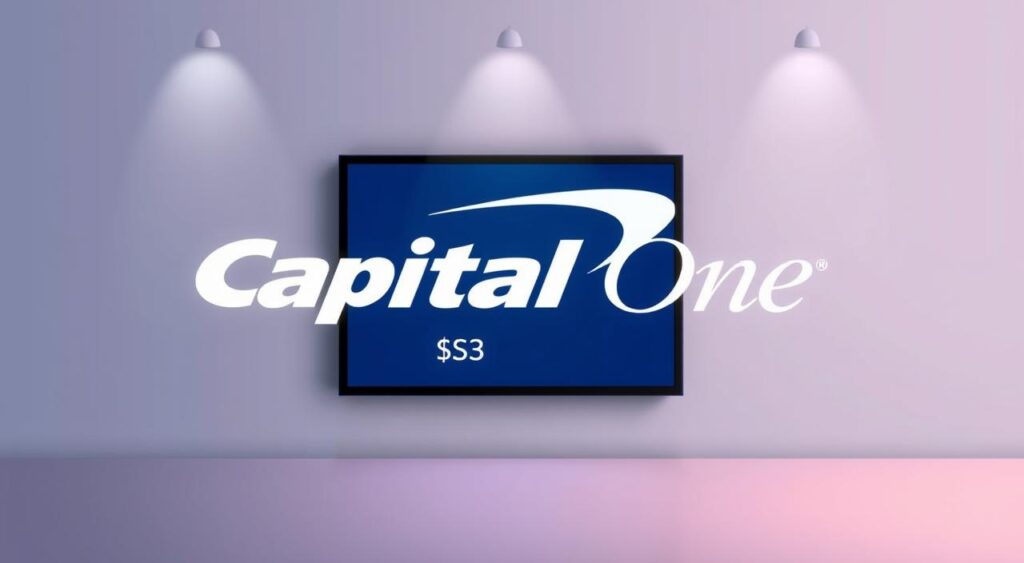
Conclusion
In conclusion, a Capital One line of credit can be a valuable financial tool when used responsibly. It offers flexible financial solutions that can help you achieve your goals. By understanding the application process and managing your credit line effectively, you can build a strong credit history and improve your credit score over time.
Utilizing Capital One’s digital tools can further enhance your experience, providing benefits beyond simple purchasing power, including rewards and consumer protections.
